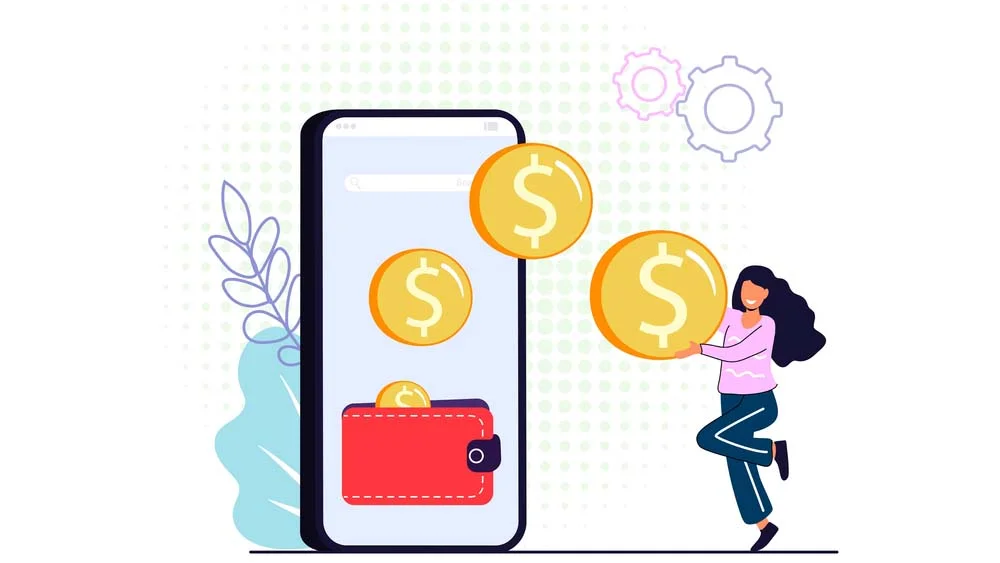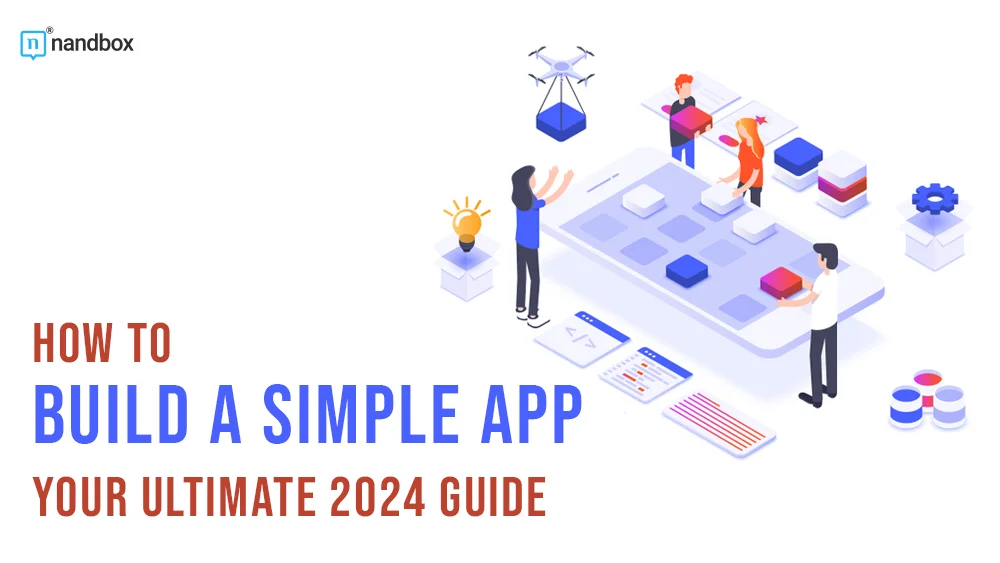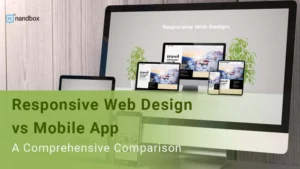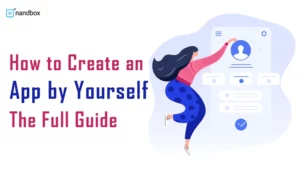Your Ultimate Guide to Knowing How to Build a Simple App
It is crucial that we dive deep into application development. That is because creating an app for your business, whether it is a large organization or a startup, is a crucial step to take nowadays. In this day and age, when smartphones have become an indispensable component of our everyday lives, the creation of a simple application has the potential to introduce novel opportunities and paths for use in either personal or professional contexts. Experimenting with coding can be both informative and satisfying, regardless of whether your goal is to simplify a certain activity, share knowledge, or simply dabble with it. In this guide, we will learn how to build a simple app that functions seamlessly and provides your business with the merits and benefits it needs
An app simply enhances accessibility. Something that allows users to engage with your business brand conveniently. That is, through their smartphones, anytime, anywhere. Furthermore, apps facilitate personalized experiences, enabling businesses to tailor content and promotions based on user preferences and behavior. Additionally, apps can foster customer loyalty through features like loyalty programs and push notifications, fostering repeat business and brand advocacy.
The Benefits of Developing a Simple App
The creation of a straightforward application provides a multitude of advantages to both individuals and organizations alike. In the first place, simplicity in app design typically correlates to ease of use for the end-user, which not only improves their overall experience but also their level of engagement with the application. The ability to create user interfaces that are straightforward and streamline tasks and access to information is a skill that developers can acquire by concentrating on key functionality and eliminating complexity.
Simple applications typically need fewer system resources, which makes them lightweight and quick to load. This is an essential quality for sustaining user attention in today’s fast-paced digital environment, where it is essential to keep users interested. When it comes to development, the creation of a basic app enables shorter prototype and iteration cycles, which in turn enables developers to respond more quickly to user feedback and trends in the market. Additionally, simplicity frequently results in lower development costs and a shorter time-to-market, which makes app development more accessible to people and small enterprises that have limited resources.
Additionally, simple apps have the potential to function as effective tools for accomplishing particular goals, such as promoting items, collecting feedback, or providing important services, without overloading users with capabilities that are not necessary. At the end of the day, the development of a straightforward application can result in considerable benefits, including increased user happiness, cost-effectiveness, and adaptability to changing user requirements and market constraints. Below, I will be demonstrating for you how to build a simple app in easy steps.
Step Number 1: Come Up With Your App’s Concept
Understanding the objectives of your app is something that you should make sure that you fulfil in a clear way. I know that you may say that if you have an app idea, you will most probably understand it. However, the process of developing an app’s concept is a complex undertaking that necessitates a combination of innovative thinking, thorough market analysis, and effective problem-solving. It starts by recognizing a particular requirement or problem within a specific audience or market segment. This could entail conducting market research, gathering user feedback, or observing existing trends to discover unmet needs or areas ready for innovation.
Once a potential problem or opportunity is recognized, brainstorming sessions and ideation workshops can assist in generating a wide range of ideas and concepts for addressing the identified need. During this phase, it’s important to take into account various factors, including user demographics, preferences, and behaviors, along with technological feasibility and business viability. By refining and iterating on these ideas through prototyping, wireframing, and user testing, developers can validate assumptions, refine features, and fine-tune the app’s concept to better align with user expectations and market demands. Throughout this iterative process, it is crucial to maintain a user-centric approach and stay attuned to emerging trends and feedback. This will help in crafting a compelling and relevant app concept that resonates with its intended audience.
Step Number 2: Monetize Your App

Monetizing an app involves several strategic decisions and implementation steps to generate revenue from the application’s usage. Suppose we consider a hypothetical example of a fitness tracking app named “TrackFit.” TrackFit offers users personalized workout plans, progress tracking, and nutritional guidance. To monetize TrackFit, the developers could adopt a freemium model, offering basic features for free while providing premium subscription tiers with advanced functionalities like personalized coaching and meal planning.
The first step involves conducting market research to understand user preferences and willingness to pay for additional features. TrackFit could leverage in-app advertisements to generate revenue from the free version while enticing users with the added value of premium features such as exclusive workouts or access to a community of fitness enthusiasts.
Furthermore, TrackFit could explore partnerships with fitness brands to offer discounts or exclusive products through the app, creating additional revenue streams through affiliate marketing or sponsorship deals. Implementing in-app purchases for virtual goods like badges or additional workout plans could also contribute to monetization efforts. Continuous monitoring of user engagement metrics and feedback is crucial for optimizing monetization strategies and maintaining user satisfaction. By diversifying revenue streams and offering compelling value propositions, TrackFit can effectively monetize its app while providing users with a rewarding fitness experience.
Step Number 3: Choose and Decide on Your Features
Making informed decisions about an app’s features is a crucial part of the application development process, demanding thoughtful analysis and strategic thinking. At the outset, developers and stakeholders should establish the app’s purpose and target audience to ensure that its features meet user needs and expectations. Gaining a deep understanding of the market and carefully examining rival apps can offer valuable insights into current industry trends and user preferences, which can then be used to make informed decisions about feature selection.
By strategically evaluating the significance, practicality, and potential influence of different features, developers can effectively allocate resources towards delivering essential functionalities that offer the highest value to users. In addition, incorporating user testing and feedback loops throughout the development process allows developers to validate assumptions, fine-tune feature sets, and uncover areas for improvement.
Collaborative decision-making involving cross-functional teams, including designers, developers, and product managers, is crucial for ensuring that feature choices are in line with business objectives and user-centric principles. In the end, the iterative nature of the development process provides the flexibility to adjust feature sets according to changing requirements, market dynamics, and user feedback. This enables the creation of apps that connect with their target audience and provide meaningful experiences.
Step Number 4: Choose Your Development Method
Your app development method is something that you should prioritize in the early stages of your app planning. Why is that? Let me tell you. Choosing the proper development method that suits your app will help you decide on many things. Some of these aspects are your budget, features, and wireframe sketching techniques. There are two methods that you will be met with when you conduct your research. These two methods are:
- The traditional “hire a developer” method
- The no-code app builder method
Traditional App Development Vs. No-code App Development
These two methods have their own pros and cons. Hiring a traditional developer is better for complex applications. Ones that will require a lot of coding and programming. Additionally, those will require large cloud storage options. This method is known to be more expensive in terms of money and time in comparison with no-code app builders. A developer will require or need more time and effort from you in order to understand your app’s vision completely and execute it according to your needs and preferences. On the other hand, a no-code app builder requires nothing from you but a little of your time. It allows you to understand how to build a simple app in no time. You can rely on their drag-and-drop interface to add your features.
Moreover, you can rely on the fact that they provide you with pre-designed templates that you can customize based on your needs and app vision. These builders also offer you a variety of modules that you can leverage to your own advantage. Which of them suits your simple app development? This is a question that only you can answer. Because it all comes down to the word “it depends.” Depending on what you want and what you can do.
The Final Verdict
I can’t simply answer the question on which is better for you. However, if I were to recommend one of them for you, then my answer would be a no-code app builder. That is, because this guide is all about knowing how to build a simple app. With simple apps, a no-code app builder will suit your needs and require from you a fraction of the cost of what you will pay to a traditional developer. It also requires no coding or programming expertise. The perfect instrument for citizen developers to leverage to their own benefit.
Wrapping It Up!
Knowing how to build a simple app is a process that might seem a little bit daunting or overwhelming. However, if you look in the right places, you will find that it is easier than you think. If you’re interested in no-code app development, you’re in the right place. nandbox’s native no-code app builder will help you create a fully functional app for your business in no time. All you have to do is sign up, choose a template, and unleash your creativity in designing your own app. Learn how to build a simple app with nandbox and create an app that is top-notch and will help you compete in today’s busy app market.






